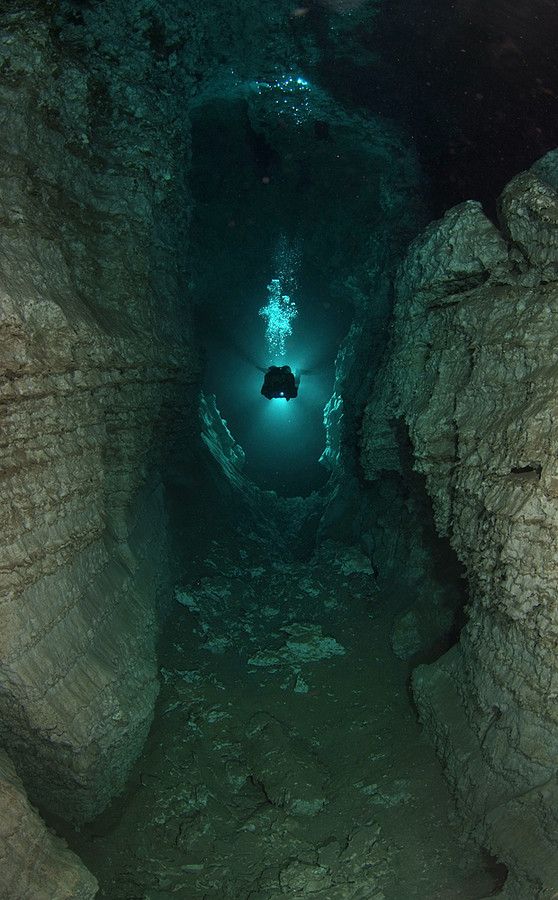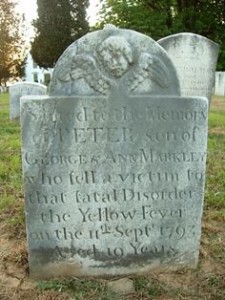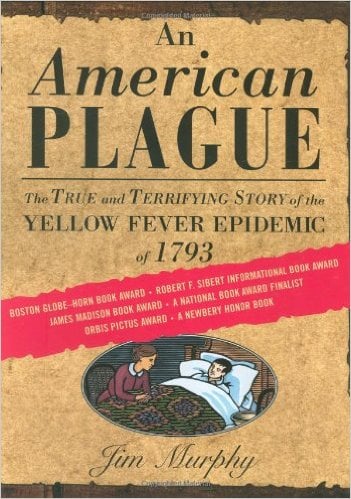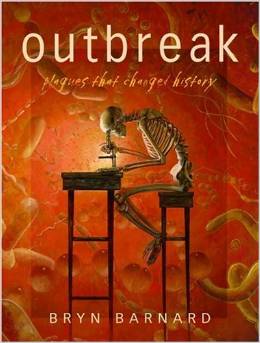
Today I was observed for the last 40 minutes of my last class of the day on the first day back from winter break, and that was perfectly fine. I trust my evaluator completely and know that the feedback I receive will be informed and valuable. In our time -constrained worlds, though, I am not sure I’ll have the opportunity to tell her all the things leading up to the moment where she came in.
So here is where I get to reflect–this space is a good thinking space.
Today I began a unit I created from scratch. I use the steel-cased, reinforced, V-8 engine with multiple air bags of UBD, or Understanding By Design. It’s adaptive, flexible, and meaty. For my vegan friends: packed with protein.
Since I’m Humanities this year, and love cross-content, real-world connections, this past summer, before news of Zika broke out, I thought I would do a yellow fever unit, and how diseases impact history. My Enduing Understanding is: “Disease shapes the course of history, and often societies’ responses to health/disease are culturally based.” One of the essential questions is: How did our new nation handle health/disease?
And I’m using a classroom set, with an in-class reading of Yellow Fever: 1793 by Laurie Halse Anderson. I could only get my hands on 30 copies, so I told the students a few things:
1. We only have 30 copies; I can’t get more (a book angel gave me her 12 books from her classroom library, so now I have a few extras: bless you, book angel!)
2. We will work on stamina: stamina is the ability to focus on text during a time. The reason we work on stamina is mental training, just like we’re training for a sport. It’s endurance. It’s getting in the zone and not wanting to stop reading.
3. I told them my insights about students who say “I HATE READING.”
*They hate reading because they kept reading logs
*They hate reading because they don’t have choice
*They hate reading because someone shamed them when it was difficult
*They may struggle and not know why
But this is what got them: I told them no baby is born hating to read. Every baby loves to communicate, to look at their parents’ faces, to babble and blurb, and every baby loves stories.
They became believers. But they also don’t know how much I have to fight this current trend of just reading passages. Robert Zaretsky, who teaches at the University of Houston, wrote this article, “Taught to pass tests, they don’t know how to read books” concerning how college students are ill prepared to read and discuss novels.
Today, we are reaping the results of this strategy. Among its many catastrophic consequences has been its impact on student literacy. Like a koan riddle, we might soon be asking if a textbook war can take place if no one knows how to read. The decline of reading among American youth is reflected by a growing raft of books with titles like “Readicide: How Schools Are Killing Reading and What You Can Do About It,” “Why Kids Can’t Read” and “I Read It, But I Don’t Get It.” These books, written by teachers, confirm what my conversations with my brother-in-law, a bright and dedicated Houston-based high school English teacher, long ago revealed: Forced to teach to the test, he can no longer encourage students to reach for the texts as sources of wisdom and wonder.
I am trying not to let that happen on my watch.
Close reading has an important place in instruction, there is no doubt, because…it’s not new. It’s as old as stories themselves. So I created a quote log that serves a few purposes: it provides 3 lenses to consider:
1. The author puts a quote at the beginning of every chapter: why? How is it significant to the chapter once read?
2. Talk about character/plot events: how are the characters responding to the events?
3. Look through the medical/health lens; was there anything in this chapter that related to health?
They will not be doing this alone. We will read independently, and burst forth with conversation. We will learn everything we can about the medical practices of the time, and how science and superstition can devastate or be our savior.
And they will read the entire book.
A few kids are hooked after the first chapter: who can’t relate to a pouty teenage girl who’s annoyed her nagging mother is waking her up to do chores? This response is universal.
One thing Zaretsky may want to try is what I did– remind his college students they love stories. And if he wants them to read stories worth telling, which he does, they will.




